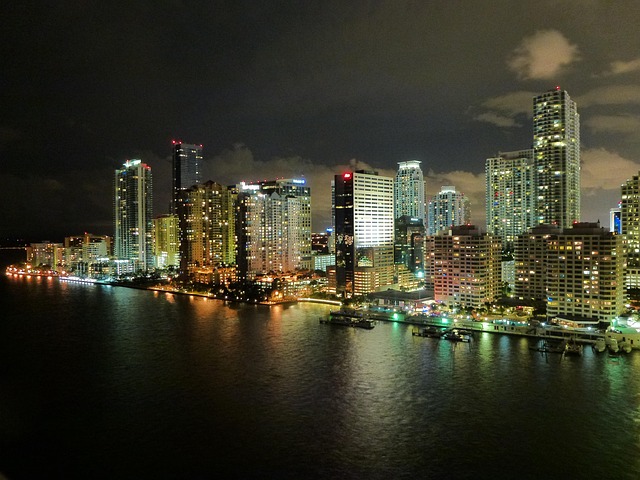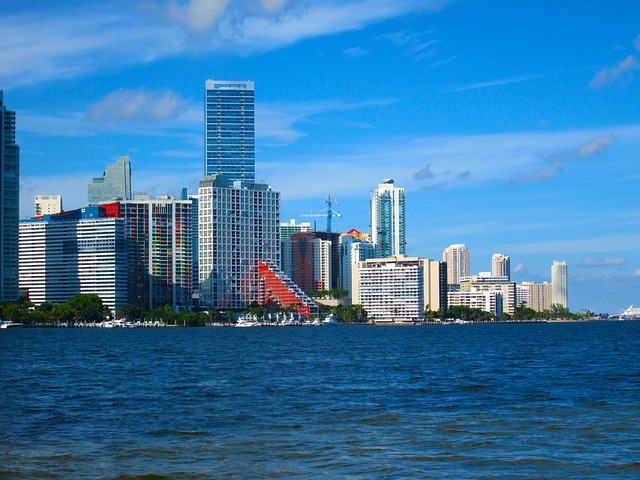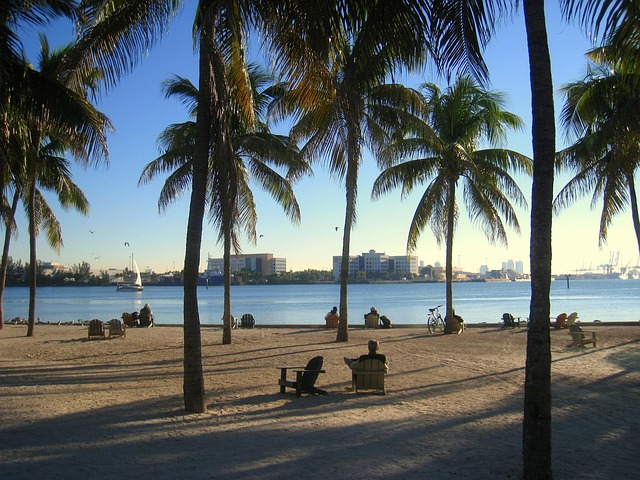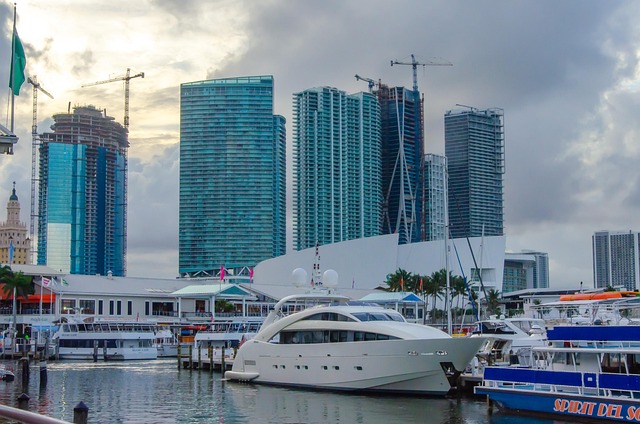Mining's lasting impact on global communities has created a unique opportunity in real estate: preserving and celebrating mining heritage through urban development. By incorporating historical elements like restored structures and mine shafts, developers can create distinctive properties that attract locals and tourists interested in industrial history. This approach not only revives neglected areas but also promotes sustainable practices while preserving cultural heritage for future generations.
Proud mining heritage shapes identity and communities, leaving an indelible mark on landscapes and people. This article explores three facets of this legacy. Firstly, it delves into the historical impact of mining on local societies. Secondly, it examines how this heritage is preserved in modern real estate development. Lastly, it highlights revitalizing old mining sites as a promising new perspective for the industry, integrating history with contemporary needs through innovative real estate strategies.
The Historical Impact of Mining on Communities

Mining has left an indelible mark on communities worldwide, shaping their landscapes and identities for generations. The historical impact of this industry extends far beyond the mines themselves; it permeates every aspect of a town’s existence, from its real estate market to cultural heritage. Once bustling mining hubs attract tourists today with their rich history, showcasing the struggles and triumphs of workers who toiled underground.
These communities often boast unique architectural marvels, remnants of a time when mining was the lifeblood of the region. The structures stand as a testament to the resilience of folks who built their lives around these industries, attracting developers and investors interested in preserving this historical tapestry for future generations in the real estate sector.
How Mining Heritage is Preserved in Real Estate Development

The preservation of mining heritage in real estate development is a unique and meaningful aspect that enriches communities with their past. Old minesites often become coveted locations for new residential or commercial projects, offering a blend of history and modern living. Developers can incorporate remnants of the mining era into the design, such as restored structures, heritage signage, or even incorporating original mine shafts as architectural features. This approach not only preserves the site’s historical value but also creates an intriguing narrative for potential buyers or tenants.
Real estate developers play a crucial role in showcasing and celebrating a community’s mining history. By integrating these cultural elements into new developments, they foster a sense of place and identity among residents. Moreover, it attracts tourists interested in exploring the region’s industrial past, boosting local economies and promoting sustainable practices for future generations to appreciate.
Revitalizing Old Mining Sites: A New Perspective for Real Estate

The transformation of old mining sites into vibrant communities offers a fresh perspective for real estate development, attracting both locals and tourists. These once-neglected areas are now being revitalized, showcasing the region’s rich history while providing modern amenities. The process involves careful rehabilitation to ensure that the site’s heritage is preserved, blending it seamlessly with contemporary design. This unique approach not only breathes new life into abandoned spaces but also creates an identity for the area, appealing to those seeking a connection to the past and a taste of local culture.
Real estate investors and developers are recognizing the potential of these sites, understanding that people are drawn to places with character and story. By embracing the mining heritage, they can develop properties that stand out in the market, offering more than just brick-and-mortar structures. This trend encourages sustainable development practices while preserving historical artifacts, ensuring that the region’s legacy is celebrated for generations to come.






